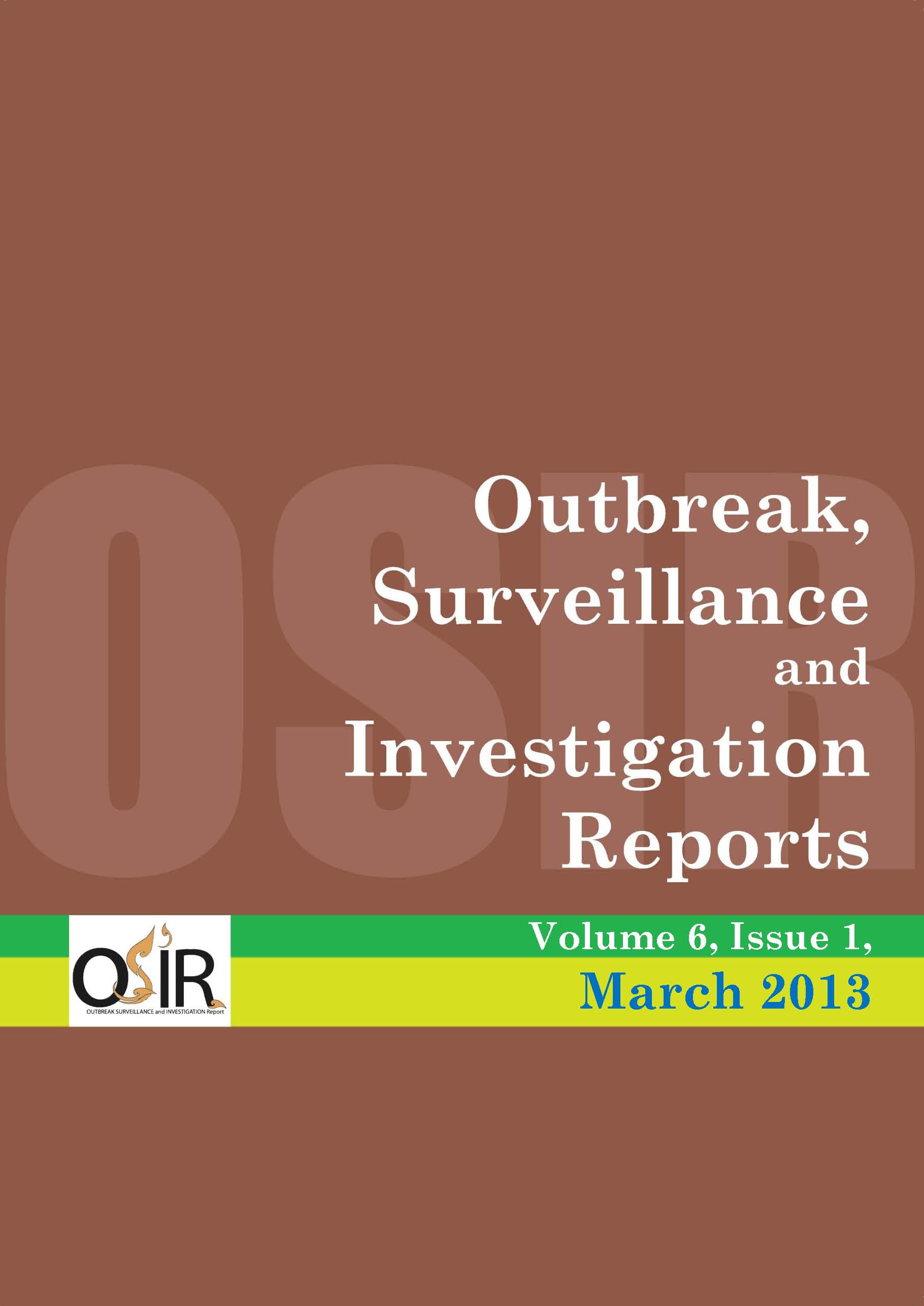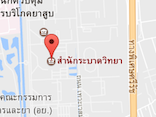An Evaluation of Influenza-like Illness (ILI) Epidemic Alert Thresholds in Two Provinces of Thailand, 2007-2010
Main Article Content
Abstract
Following introduction of influenza A (H1N1) pdm09 in Thailand during 2009, the national influenza-like illness (ILI) reporting system and short message alert signals was established by the Thailand Bureau of Epidemiology as a tool for early detection of influenza outbreaks. However, no specific threshold for determining the epidemic alert status existed. The objectives of this study were to determine baseline and epidemic alert thresholds of ILI proportions for different hospital sizes. The study was conducted in nine hospitals (three small, three medium and three large hospitals) in two provinces of Nakhon Ratchasima and Nakhon Si Thammarat. We reviewed hospital databases and collected data on ILI and all hospital visits during 2007-2010 from hospital databases. Then, we calculated mean, median and standard deviation (SD) of the weekly ILI proportions by hospital size over the 4-year period. We also used the Early Aberration Reporting System (EARS-X v2.8) to determine an aberration from baseline by calculating cumulative sum (CUSUM) by hospital types. We found that large hospitals had baseline ILI proportion lower than medium hospitals while baseline ILI proportion of medium hospitals was lower than that of small hospitals. The seasonality of the peak ILI proportions in 2009-2010 was different from pre-pandemic years of 2007-2008. Mean and median ILI proportions before the pandemic were lower than that of after the pandemic. Among individual hospitals, weekly ILI reporting was highly varied which prevented the use of CUSUM analyses. Aggregate reporting from several hospitals produced more reliable data for CUSUM analyses. No single signal in the EARS-X v2.8 software reliably predicted increased flu activity without signaling many false alerts. However, the combination of signals in the software reliably predicted the start of flu season with rare false alerts. We concluded that in Thailand, the baseline ILI proportion depended on hospital size. Due to variability in reporting from individual hospitals, we suggested choosing a method of epidemic alert threshold detection by level of health facilities using the CUSUM technique at the national level and median + 2 SD method at the hospital level.
Keywords: influenza-like illness (ILI), epidemic alert threshold, cumulative sum
Keywords: influenza-like illness (ILI), epidemic alert threshold, cumulative sum
Article (English)
Article (Thai)
Article Details
How to Cite
MAKAROON, Jamorn et al.
An Evaluation of Influenza-like Illness (ILI) Epidemic Alert Thresholds in Two Provinces of Thailand, 2007-2010.
OSIR Journal, [S.l.], v. 6, n. 1, p. 13-18, nov. 2016.
ISSN 2651-1061.
Available at: <http://www.osirjournal.net/index.php/osir/article/view/55>. Date accessed: 24 apr. 2024.
Section
Articles


